66 F. maximum temperature yesterday in the Twin Cities.
82 F. average high on June 24.
82 F. high on June 24, 2016.
June 25, 2003:
Heavy rain falls across central Minnesota. Elk River picks up 8.19
inches. 4.36 inches fall in 4 hours in Maplewood, and there are reports
of street flooding in St. Paul. Strong winds topple trees in Richfield.
June 25, 1950: Flooding hits Warroad. Strong winds accompany waters that rose 4 feet in 10 minutes.
More September Than June - Plan B Holiday Weather?"There
is little chance that meteorologists can solve the mysteries of weather
until they gain an understanding of the mutual attraction of rain and
weekends" wrote Arnot Sheppard. Amen.
For half the year we
daydream about summer weekends. We make plans, cross our fingers, say
silent prayers, hoping for the best. It's like playing a hopeless
version of Weather Lotto.
Yesterday's weather was especially
manic, alternating between blue sky and raging thunderstorms - the
result of an unusually cold swirl of low pressure aloft. It's odd
tracking clippers in late June.
A cool, September-like breeze
lingers today; instability showers most prevalent from the Arrowhead
into Wisconsin. The mercury mellows a bit this week; a swarm of storms
likely Wednesday. We may salvage lukewarm sun Friday and Saturday, but
ECMWF guidance hints at showers and T-storms Sunday and Monday. Of
course. Highs reach the 70s next weekend, but 80s return the latter half
of next week.
Yes, it's a "sub-optimal forecast" - but maybe the holiday weather outlook will age well over time, like a fine (box) wine.
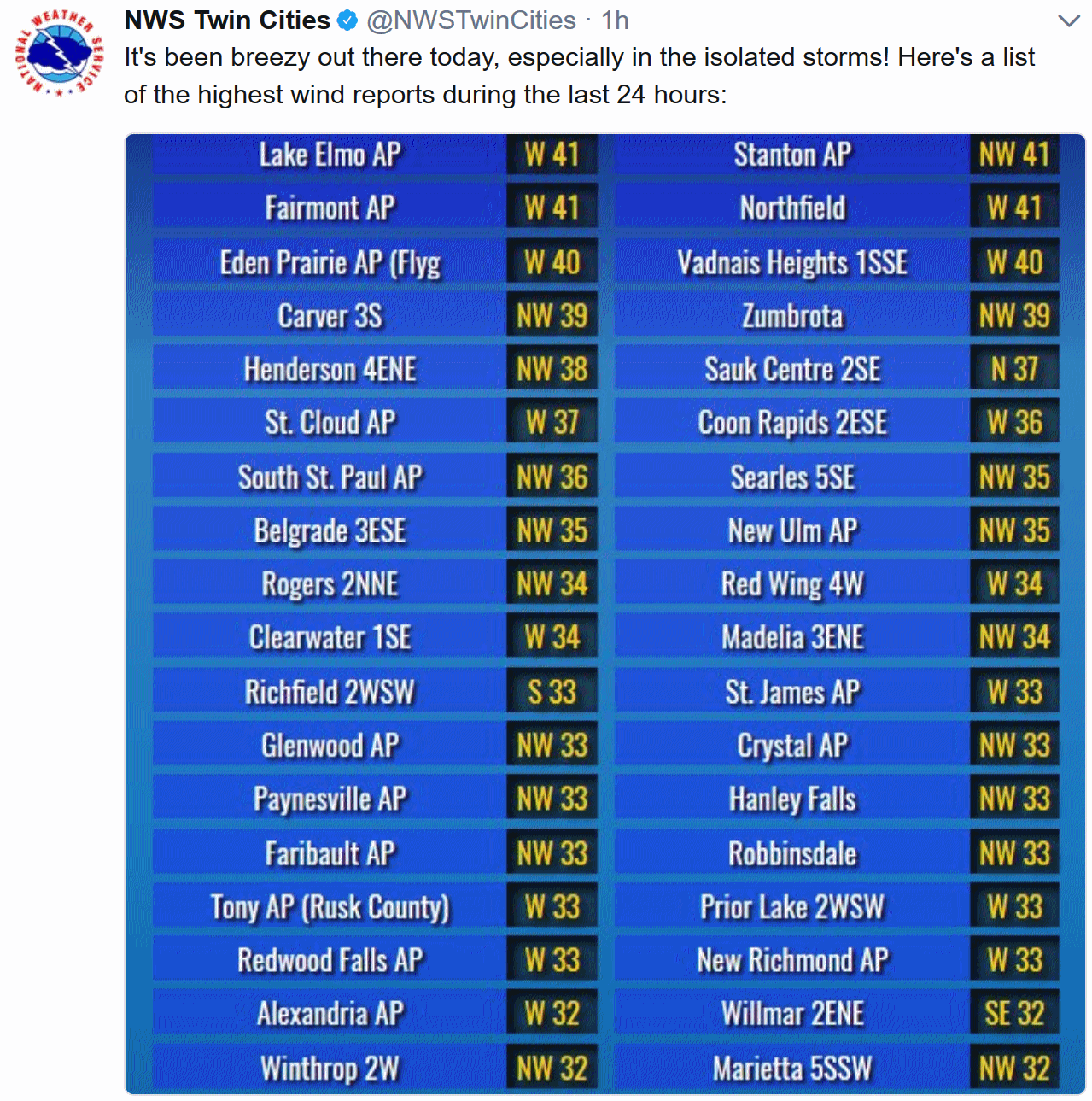
Note: It Can Only Get Warmer.
A few days away from the Summer Solstice? 60s for highs is highly
unusual and unseasonable - and unsustainable. We warm into the 70s later
this week with highs mostly in the 70s for the 4th of July holiday
weekend. ECMWF guidance warms us back into the 80s the latter half of
next week. Twin Cities meteogram: WeatherBell.
Saturday Storm Reports.
There were numerous reports of flash flooding yesterday from Kentucky
into Ohio, thunderstorm wind damage reported from Texas into Mid
Atlantic. For details
click here, courtesy of NOAA and AerisWeather.
Ditto.
Not much change on the weather map - systems in a perpetual holding
pattern. Heavy T-storms track from Texas into the Deep South;
potentially heavy rain for Savannah and Charleston. More instability
showers pop up from the Minnesota Arrowhead into Wisconsin with unsually
cool weather. Suffocating heat continues from the west coast and
southwestern USA into the southern Plains. 84-hour NAM guidance:
Tropicaltidbits.com.
Free Sauna.
The heat index is expected to exceed 100-105F across a wide swath of
the southern USA, reaching Richmond, Washington D.C. and Philadelphia by
the end of the week. The map above shows the predicted heat index next
Saturday.
Heat Shifts North.
A family of cool fronts have taken the edge off the heat across the
northern tier states of the USA, but the pattern is forecast to shift by
the second week of July with significant heat spreading into the
Midwest and Great Lakes.
 Spotty Rains Continue in Minnesota.
Spotty Rains Continue in Minnesota. Here's an excerpt of this week's
Minnesota WeatherTalk from Mark Seeley: "
This
week brought some significant thunderstorms to portions of Minnesota,
notably the northwest and the southern tier of counties near the Iowa
border. Some northwestern observers reported a half inch or over an inch
of rain, much needed given the heat and rapid growth of crops earlier
in the month. Across southern counties rainfall of 1 inch to 1.50 inches
was prevalent. Most other observers are reporting total monthly
rainfall that falls short of normal. Only about 20 percent of the
climate stations are reporting normal or greater than normal rainfall
this month. Portions of Kittson, Marshall, Roseau, Lake of the Woods,
Beltrami, and Koochiching Counties remain in moderate drought...."
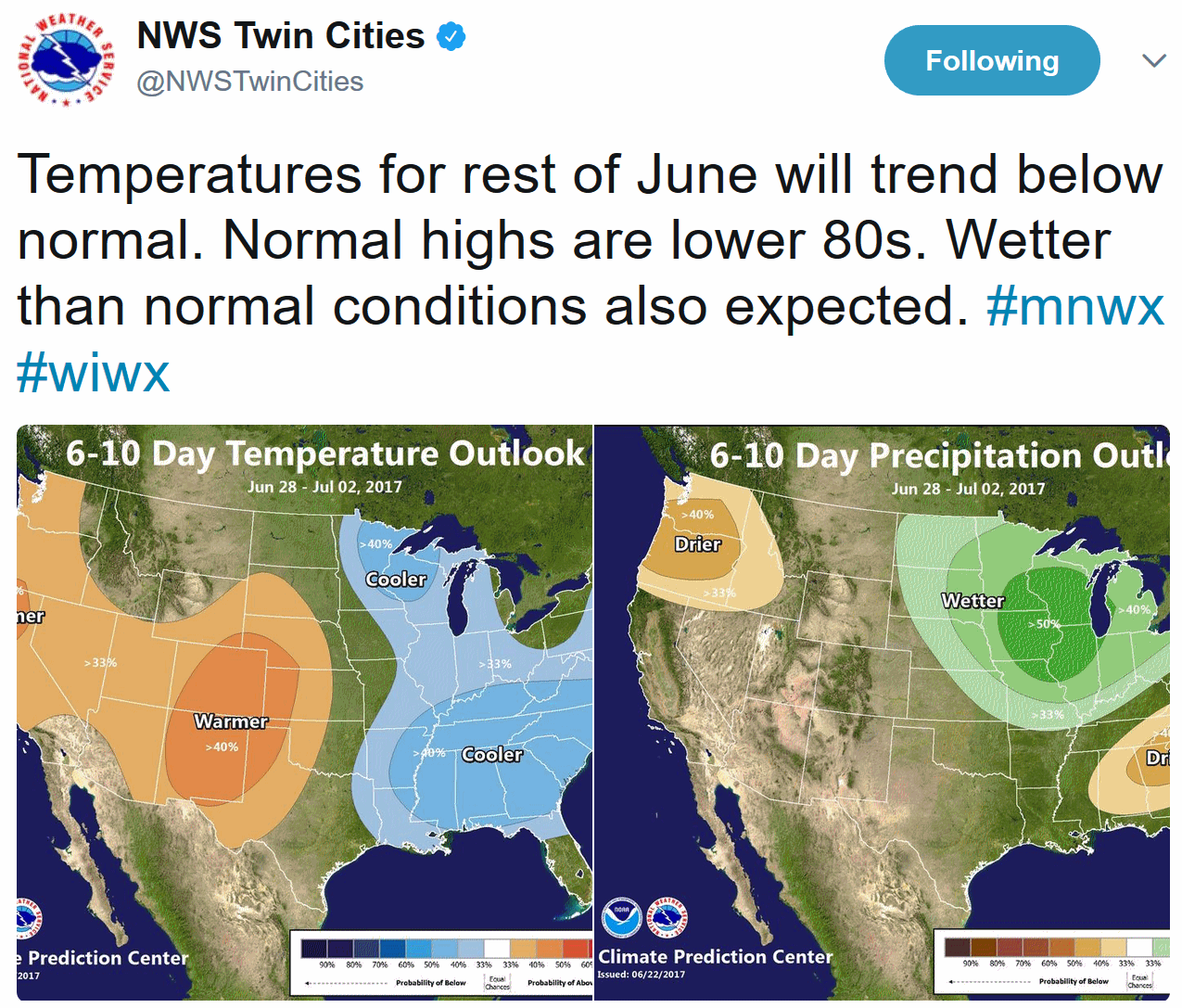 Cool Bias Into Early June.
Cool Bias Into Early June. The chilliest readings come this weekend, but I don't see us climbing out of this cool rut until the second week of July.
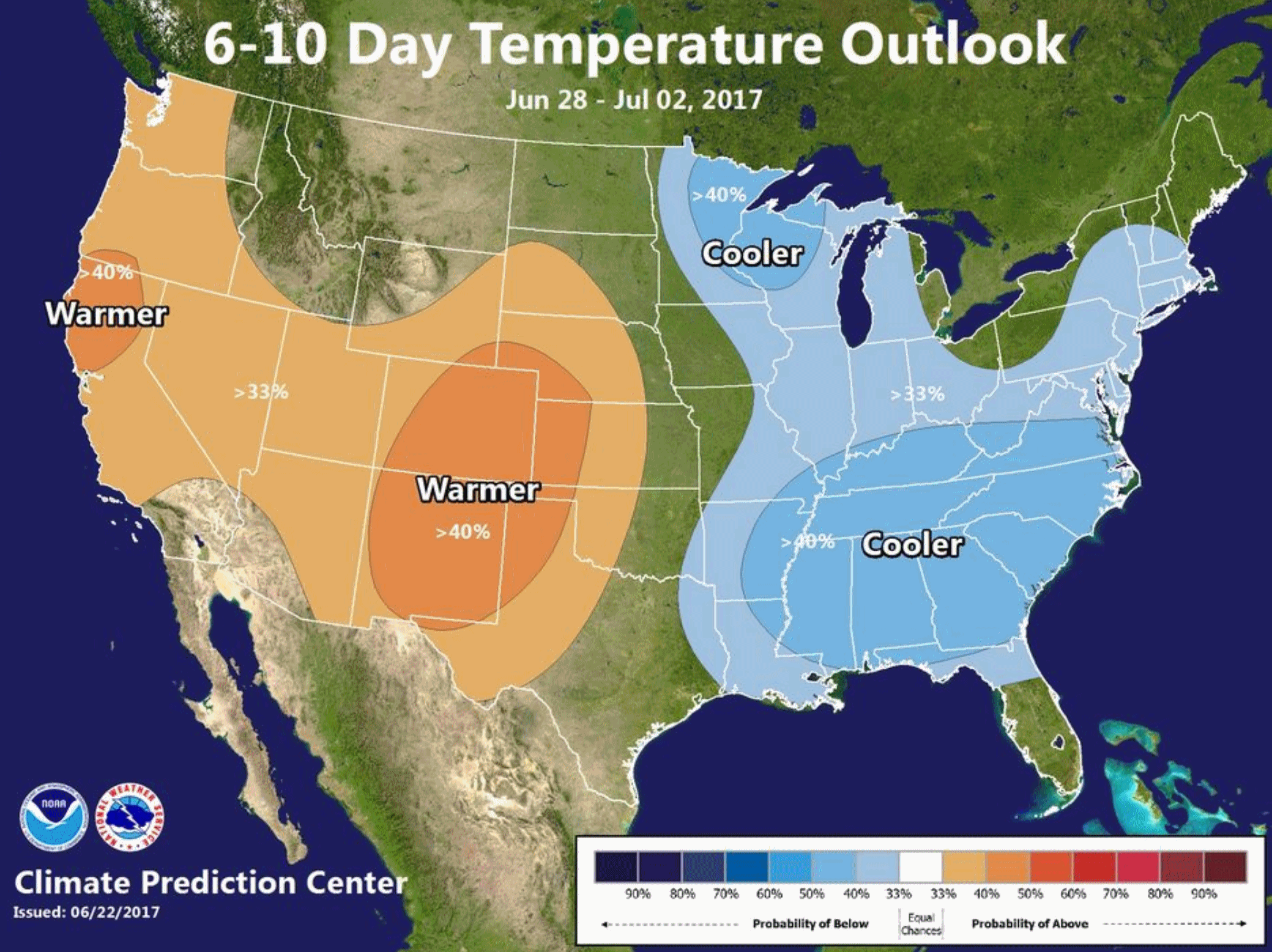
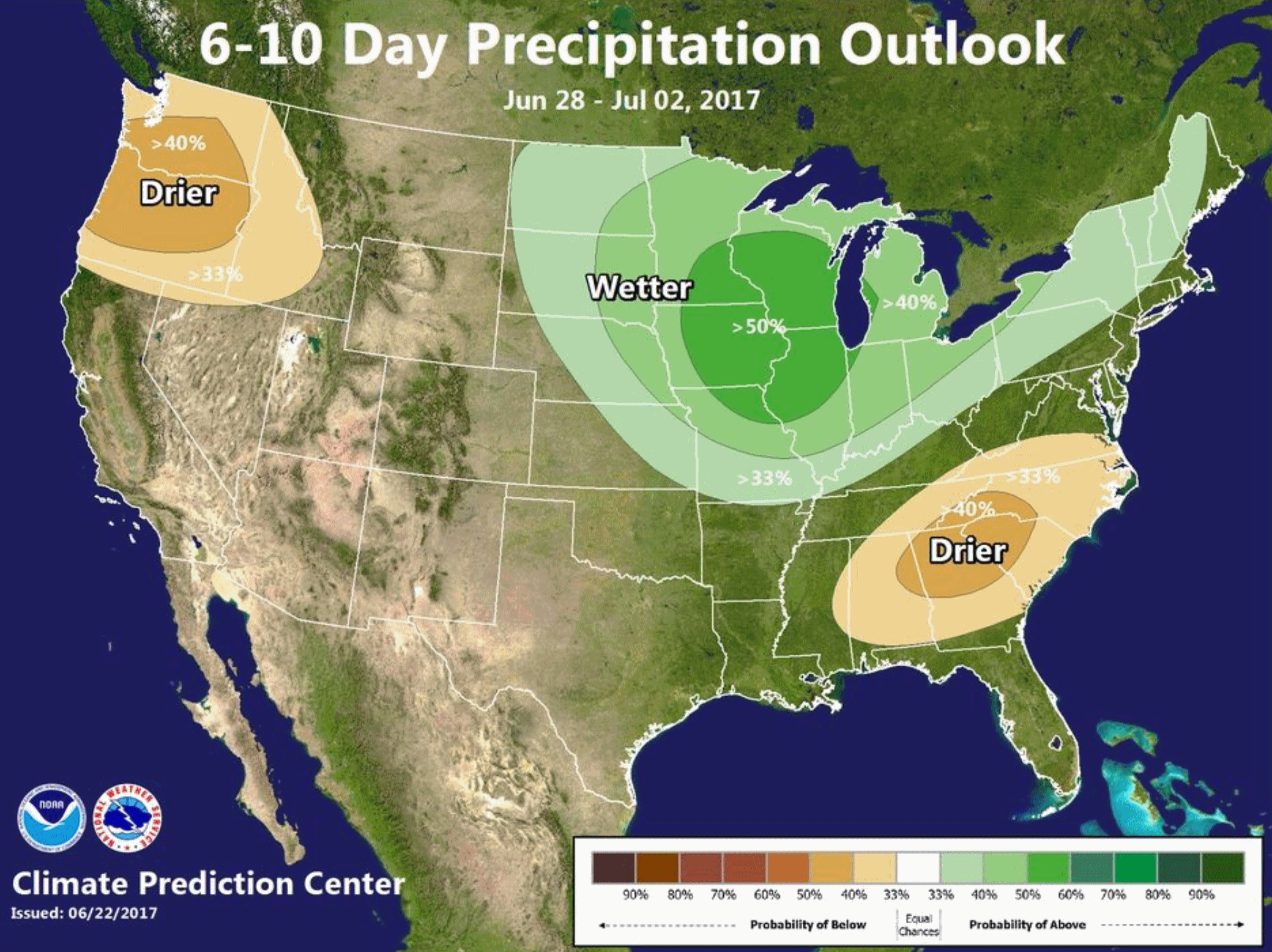
COLD Slaw Gives Way to HOT Dogs Across the East For The Holiday. Great headline! Here's an excerpt of a briefing I received from
Planalytics: "...
As
consumers prepare for the holiday weekend, the run-up week will feature
cooler than LY and normal temperatures across eastern North America.
Don’t let that fool you though, as warmer temperatures will return to
most eastern locations just in time for the weekend. Conversely, the
West will start the week warmer than LY and normal but trend cooler as
the week progresses. Wetter than normal conditions are anticipated in
the Southwest, Southeast, and Midwest regions. Moving into Independence
Day weekend (July 1-4), warmer temperatures will return to the Plains,
Midwest, and East Coast, boosting demand for summer apparel, suncare,
and cold beverages. The West will begin seasonally cool but warm by the
4th. Scattered showers and thunderstorms are possible in the Midwest and
Northeast throughout the holiday weekend, threatening barbecues and
other outdoor activities..."
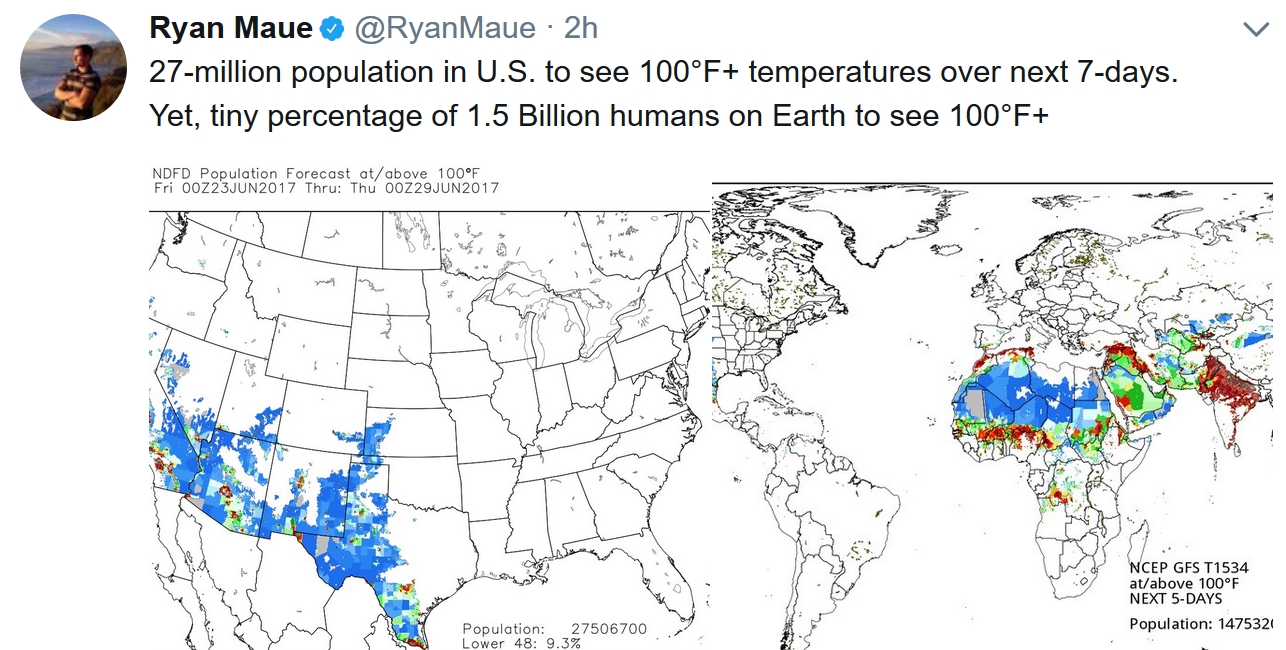
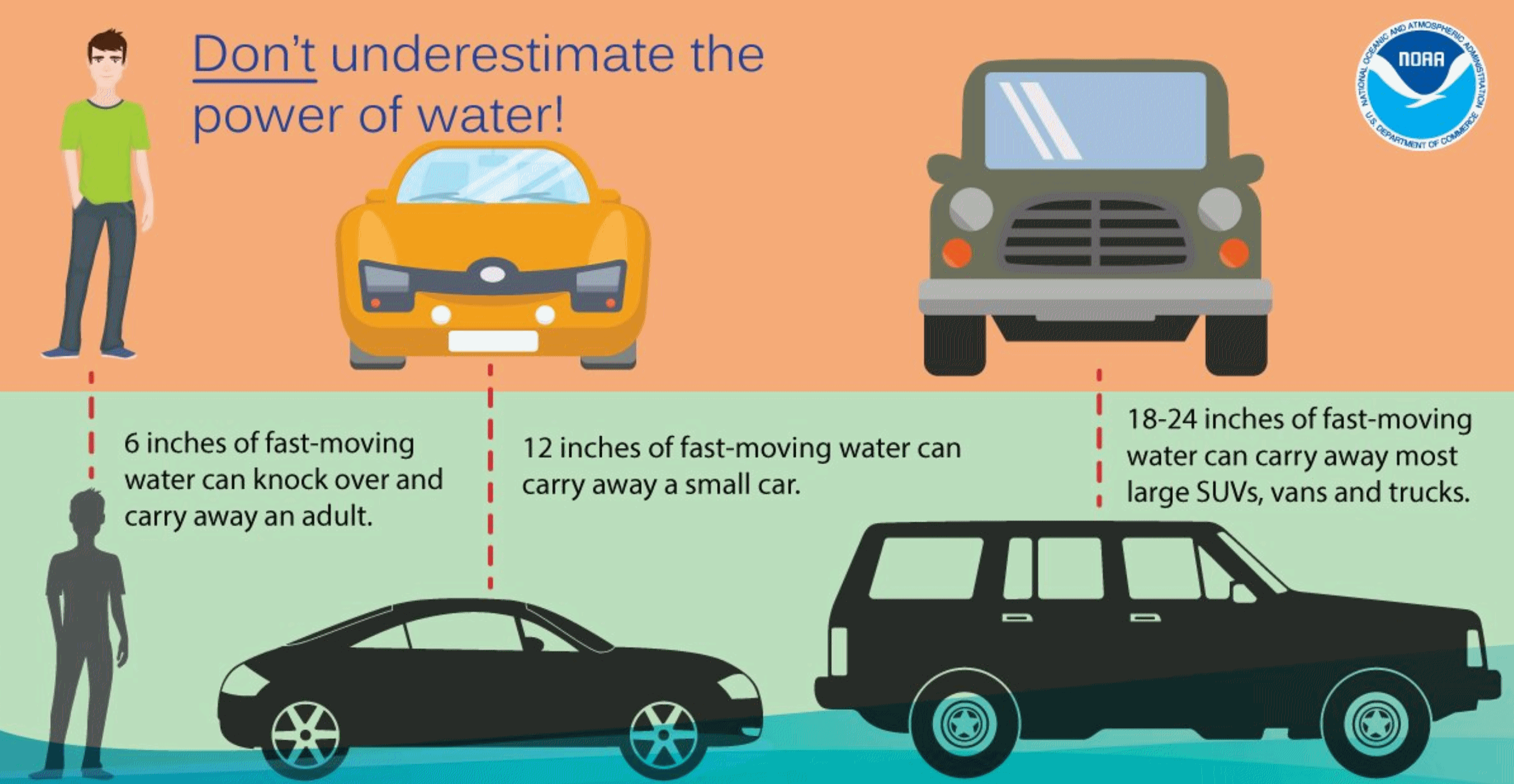
Flood-Prone Town Protects Itself Against Waters While Letting a River Roam. The town in question is near Sacramento, according to a story at
Emergency Management: "
Sometimes
better flood protection comes from giving a river some space to roam.
Hamilton City, 85 miles north of Sacramento, learned that lesson from a
new levee project that both protects against flooding and restores
wildlife habitat. The levee will be set back from the Sacramento River
for most of its 7 miles, allowing the river to spill over its banks and
creating 1,400 acres of riparian forest and grassland. A model for
flood-threatened areas nationwide, this project was the first designed
by the U.S. Army Corps of Engineers to benefit both people and the
environment..." (File photo: Shutterstock).
Average Dates of Hottest Summer Weather.
A fascinating map, courtesy of climate guru Brian Brettschneider shows
the warmest weather off the year ususally occurs before the 4th of July
from southern Arizona and New Mexico into southwest Minnesota. East
Texas? Hottest weather usually comes after August 8.
Hottest Temperatures.
Historical records show the hottest temperatures of the year exceed
100F from the Carolinas and Plains to eastern Washington State.
Temperatures in northern New England peak in the upper 80s.
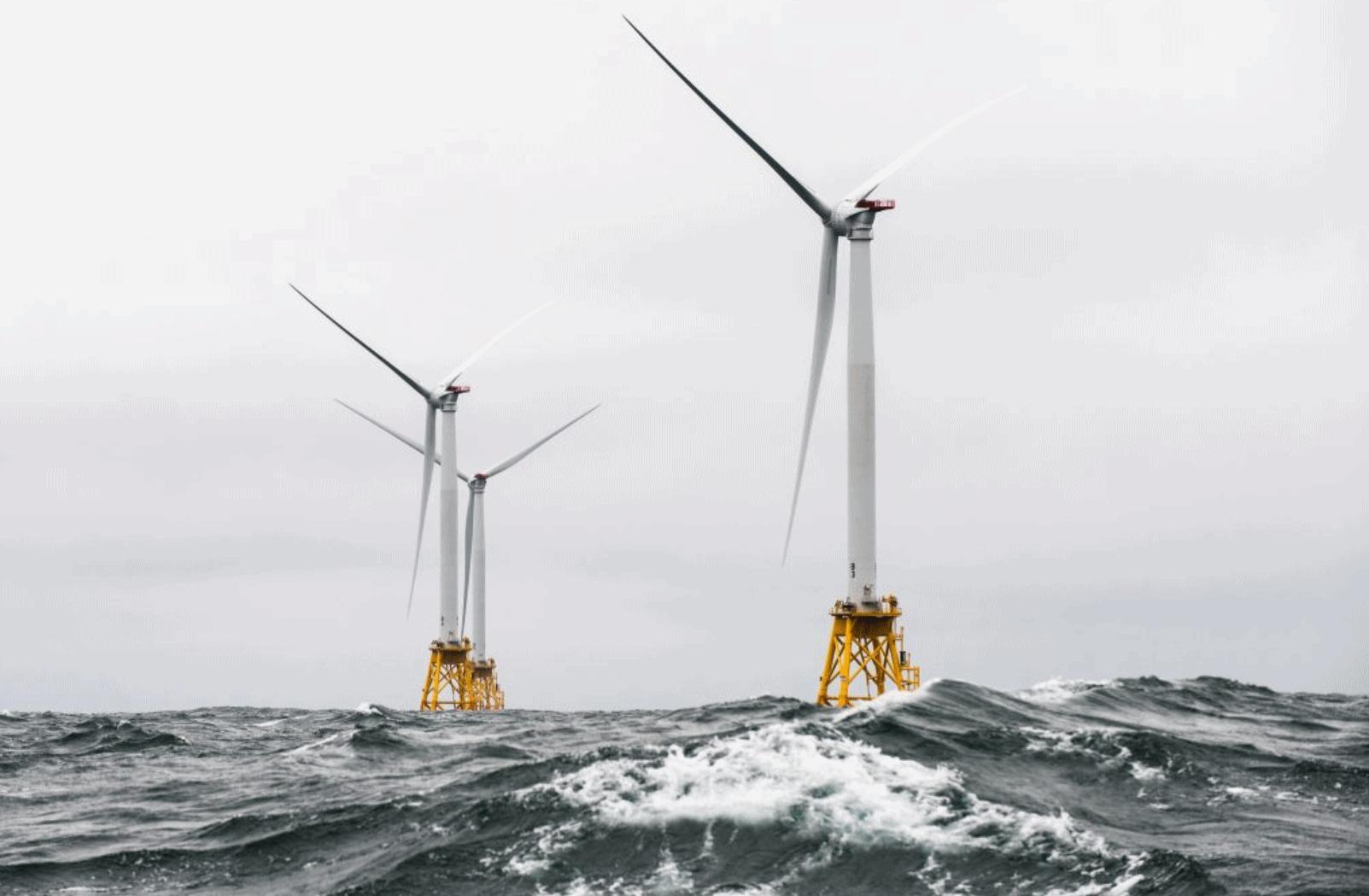 Why Offshore Wind Farms Can't Handle the Toughest Hurricanes
Why Offshore Wind Farms Can't Handle the Toughest Hurricanes. A risk, and an opportunity. Here's an excerpt from
PBS NewsHour: "
Offshore
wind developments are rapidly expanding. But most wind turbines are not
built to withstand a direct hit from the strongest hurricanes,
according to a new study in Geophysical Research Letters
that models the worst-scenarios caused by category-5 storms.
Researchers predict new offshore turbines would face hurricane wind
gusts of more than 223 miles per hour — but the turbines can only manage
gusts of 156 miles per hour based on current engineering standards.
Part of the problem: Offshore turbine designs often draw from onshore
wind turbines in Europe, where hurricane conditions are essentially
nonexistent..."
Photo credit: "
Heavy seas engulf Rhode Island’s Block Island wind farm, the first U.S. offshore wind warm." Photo by Energy.gov/Flickr.
Trump's Putdown of Wind Energy Whips Up a Backlash in Iowa. Because wind turbines are the state's #1 cash crop; Iowa is way out ahead of the curve. Here's an excerpt from
Associated Press: "
President
Trump’s putdown of wind energy at his Iowa rally was denounced Thursday
across the state, which takes pride in its position as a national
leader in wind generation. Trump was talking up his support for coal
during his speech in Cedar Rapids on Wednesday night when he said: “I
don’t want to just hope the wind blows to light up your homes and your
factories.” He paused before adding, “as the birds fall to the ground,” a
reference to birds killed by turbines. The remark drew some cheers and
laughs inside the arena but didn’t go over well across Iowa, where the
rapid growth of the state’s wind energy industry has been a bipartisan
success story. Environmentalists and politicians said the president’s
suggestion that wind is unreliable was outdated and off-base, and noted
that bird deaths have been minimized and aren’t a source of controversy
in Iowa..."
Photo credit: "
In this June 2, 2014
file photo, cattle graze in a pasture near a wind turbine in Adair,
Iowa. President Trump’s putdown of wind energy at his Iowa rally was
denounced Thursday, June 22, 2017, across the state, which has been a
national leader in wind generation. Trump was talking up his support for
coal during his speech in Cedar Rapids on Wednesday when he said: “I
don’t want to just hope the wind blows to light up your homes and your
factories.” He added “as the birds fall to the ground,” a reference to
birds killed by turbines." (AP Photo/Charlie Neibergall, File)
The Botanists' Last Stand. It's hard watching species go extinct for a living, according to a story at
Quartz: "...
I’ve
already witnessed about 20 species go extinct in the wild,” Perlman
says. “It can be like you’re dealing with your friends or your family,
and then they die.” Perlman tells me this as we drive up a winding road
on the northwestern edge of Kauai, the geologically oldest Hawaiian
island. Perlman is 69 with a sturdy build and white hair. That’s been
enough to last him 45 years and counting on the knife’s edge of extreme
botany. The stakes are always high: As the top botanist at Hawaii’s Plant Extinction Prevention Program (PEPP),
Perlman deals exclusively in plants with 50 or fewer individuals
left—in many cases, much fewer, maybe two or three. Of the 238 species
currently on that list, 82 are on Kauai; Perlman literally hangs off
cliffs and jumps from helicopters to reach them..."
Photo credit: "
Steve Perlman on the Kalalau cliffs on the Hawaiian island of Kauai."
(Ken Wood)
Google's Elite Hacker SWAT Team vs. Everyone.
If you're interested in security and privacy (who isn't?) you'll want
to check out details on Google's Project Zero in an article at
Fortune: "...
You
don’t have to be a member of Google’s Project Zero to know that
security crises are on the rise around the globe. Every company has
become a tech company—and so hacks are increasingly becoming
commonplace, draining corporate bank accounts, spying on individuals,
and interfering in elections. The headlines are sobering: More than 1 billion Yahoo accounts compromised. Tens of millions of dollars stolen through the SWIFT
financial network. Countless private emails from the Democratic
National Committee exposed ahead of the 2016 U.S. presidential election.
(For more on how business is responding, read “Hacked: How Business Is Fighting Back Against the Explosion of Cybercrime.”)U.S.
companies and government agencies reported 40% more breaches in 2016
than in 2015, and that’s a conservative estimate, according to the
Identity Theft Resource Center..."
Illustration credit:
Francesco Francavilla for Fortune.
A Rare Journey Into the Cheyenne Mountain Complex, a Super-Bunker That Can Survive Anything. WIRED.com has an eye-opening story: "...Shielded
by 2,500 feet of granite, these people gather and analyze data from a
global surveillance system, in an attempt to (among other, undisclosed
things) warn the government’s highest officials of launches and missile
threats to North America.Their military mole-city, completed in the
mid-1960s amid Cold War worries, is—when fully buttoned-up—highly
resistant to nuclear bombs, electromagnetic bombs, electromagnetically
destructive behavior from the sun, and biological weapons. It’s designed
to do its job, and let those inside do theirs, in the worst of
worst-case scenarios. And with escalating fears about North Korean aggression and nuclear capabilities, Cheyenne Mountain’s ability to predict and survive a nuclear attack resonates more than it did just a few months ago..."
Photo credit:
Sarah Scoles/WIRED.
Opioids, a Mass Killer We're Meeting With a Shrug. Here's the intro of a Nicholas Kristof Op-Ed at
The New York Times: "
About
as many Americans are expected to die this year of drug overdoses as
died in the Vietnam, Iraq and Afghanistan wars combined. For more than
100 years, death rates have been dropping for Americans - but now,
because of opioids, death rates are rising again. We as a nation are
going backward, and drug overdoses are now the leading cause of death
for Americans under 50..."
Senate Health Bill is a Disaster for Opioid Crisis.
Wired.com reports.
The Cheapest Generation. No, millennials don't necessarily want the same things their parents did. Here's an excerpt from
The Atlantic: "...
All
of these strategies share a few key assumptions: that demand for cars
within the Millennial generation is just waiting to be unlocked; that as
the economy slowly recovers, today’s young people will eventually want
to buy cars as much as their parents and grandparents did; that a
finer-tuned appeal to Millennial values can coax them into dealerships.
Perhaps. But what if these assumptions are simply wrong? What if
Millennials’ aversion to car-buying isn’t a temporary side effect of the
recession, but part of a permanent generational shift in tastes and
spending habits? It’s a question that applies not only to cars, but to
several other traditional categories of big spending—most notably,
housing. And its answer has large implications for the future shape of
the economy—and for the speed of recovery..."
Slow Time is God's Time. We can learn a lot from the Amish.
Vestoj has a thoughtful story: "‘
PATIENCE’
IS THE GIGANTIC message scrawled on every Amish buggy plodding on
modern highways. ‘The horse is our pacer,’ as one Amish man puts it, ‘We
can’t speed up like you can in a car.’ The slow-paced hymns in Amish
church services linger for twenty minutes. The most traditional Amish do
not set their clocks ahead an hour in the summer season as other
Americans do. These traditionalists favour slow time, God’s time,
established by the rising and setting of the sun. In the midst of a
hyper-speed culture that wants more and more, faster and faster, from
instant downloads, immediate tweets, express mail, and extreme sports to
rushed everything, the Amish stubbornly resist the velocity of
hypermodernity..."
Photo credit: William Albert Allard/National Geographic Creative. Originally published in 1965.
Why Your Brain Hates Other People. Food for thought at
Nautilus: "
Humans
universally make Us/Them dichotomies along lines of race, ethnicity,
gender, language group, religion, age, socioeconomic status, and so on.
And it’s not a pretty picture. We do so with remarkable speed and
neurobiological efficiency; have complex taxonomies and classifications
of ways in which we denigrate Thems; do so with a versatility that
ranges from the minutest of microaggression to bloodbaths of savagery;
and regularly decide what is inferior about Them based on pure emotion,
followed by primitive rationalizations that we mistake for rationality.
Pretty depressing. But crucially, there is room for optimism. Much of
that is grounded in something definedly human, which is that we all
carry multiple Us/Them divisions in our heads. A Them in one case can be
an Us in another, and it can only take an instant for that identity to
flip..."
Illustration credit:
Ignacio Serrano.
All Aboard Air Koryo, North Korea's Fleet of Ancient Soviet Planes. WIRED.com has a fascinating piece: "North Korea possesses the technological wherewithal to develop a
nuclear bomb, launch
devastating cyberattacks,
and even hurl rockets toward its enemies. Yet it can't manage to put
together an airline that isn't heavily stocked with Cold War-era Russian
airliners. That said, the Air Koryo fleet is pretty cool in a retro
kind of way, and a passionate band of aviation buffs happily spend their
days taking joyrides. “They’re beautiful,” says
Arthur Mebius. “These planes still have the original interiors they were delivered with...”
Photo credit: "A pilot removes the engine covers of a Tupolev Tu-154." Arthur Mebius.
Behold, The World's First Self-Driving Potato. This one is strange - yet promising in some weird way, courtesy of
tech.co: "
The future is here and it will be filled with self-driving potatoes. This week redditor Marek Baczynski
unveiled how he invented the very first self-driving potato. The
self-driving potato uses the energy it produces by collecting it with an
energy-harvesting chip, which is then stored in a super capacitor, and
once it has built up enough energy it causes the potato to move..."
TODAY: Cool breeze with intervals of sun, PM shower. Winds: NW 10-20. High: 67
SUNDAY NIGHT: Clearing and cool. Low: 51
MONDAY: More sun, feels like early September. Winds: N 7-12. High: 70
TUESDAY: Plenty of sun, warmer wind. Winds: S 10-20. Wake-up: 54. High: 77
WEDNESDAY: Showers and T-storms likely. Winds: S 10-20. Wake-up: 61. High: 76
THURSDAY: Sunny start, few T-storms late? Winds: W 5-10. Wake-up: 64. High: 81
FRIDAY: Some sun, few T-showers possible. Winds: NW 8-13. Wake-up: 62. High: near 80
SATURDAY: Some sun, cooler. Shower up north. Winds: N 7-12. Wake-up: 59. High: 71
Climate Stories....
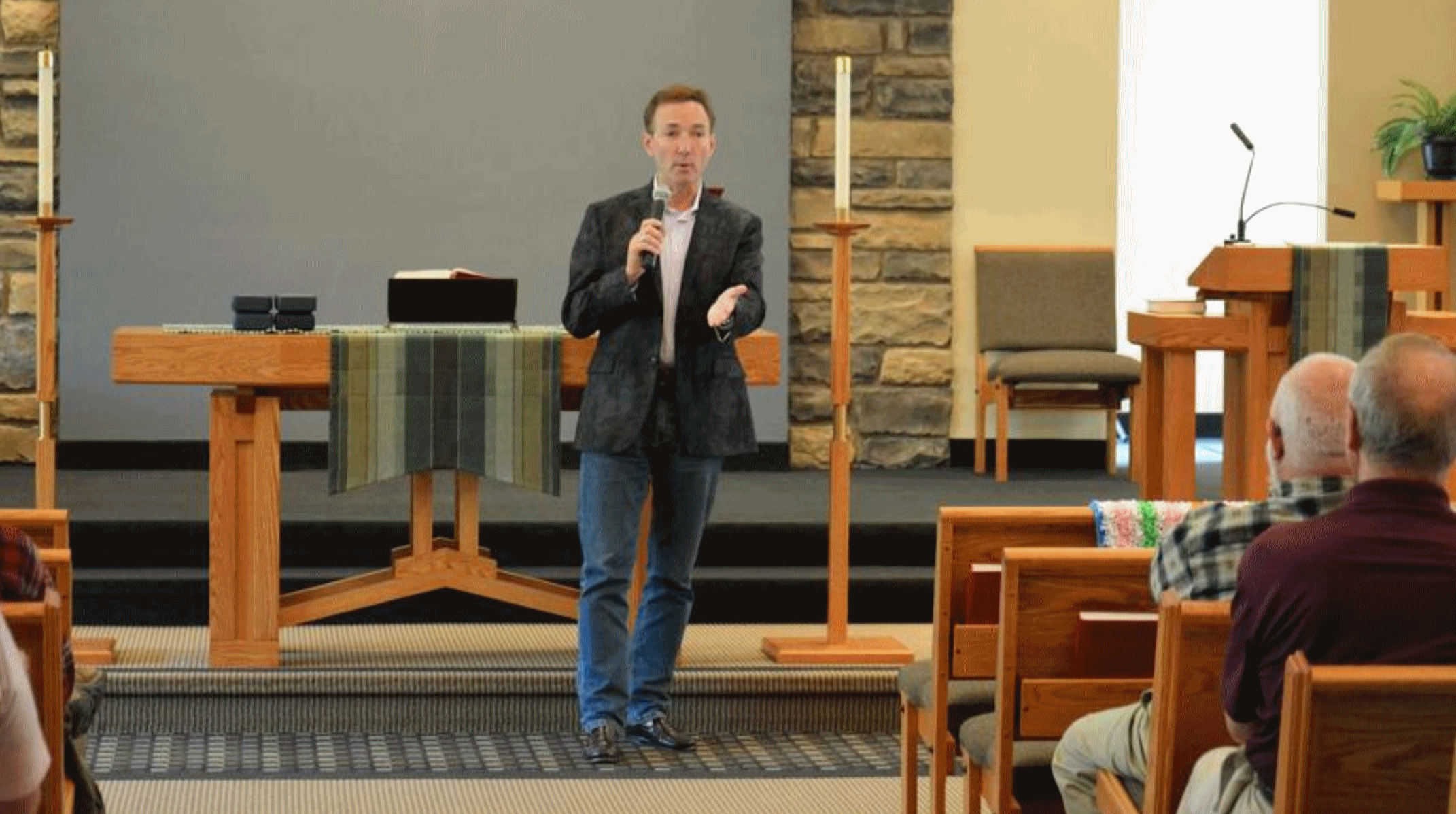 "Call Me Crazy, but Conservatives Should Probably Conserve".
"Call Me Crazy, but Conservatives Should Probably Conserve". Clean
air, clean water and a stable climate shouldn't be a partisan issue. My
thanks to everyone who stopped by Salem Lutheran Church in Deerwood,
Minnesota Friday afternoon. Here's an excerpt from
The Brainerd Dispatch: "...
His
realization that climate change was happening came not from Al Gore,
but simply observing the new extremes of weather, Douglas said. It made
sense to him both from the capitalist and Christian perspectives to work
to combat climate change. Teddy Roosevelt launched the National Park
Service, and Richard Nixon, the Environmental Protection Agency. Ronald
Reagan once said the government had a duty to protect against the
environmental damages of industrial development, Douglas pointed out.
Douglas said it was inherent that Republican ideals align with
environmental protection. "Call me crazy, but I think conservatives
should probably conserve," he said. "Otherwise, change your name..."
Photo credit: "
Longtime
tv meteorologist Paul Douglas speaks on climate change science Friday
inside the sanctuary at Salem Lutheran Church in Deerwood, as part of
the Lakes Area Unlimited Learning lecture series." Zach Kayser/Brainerd Dispatch.
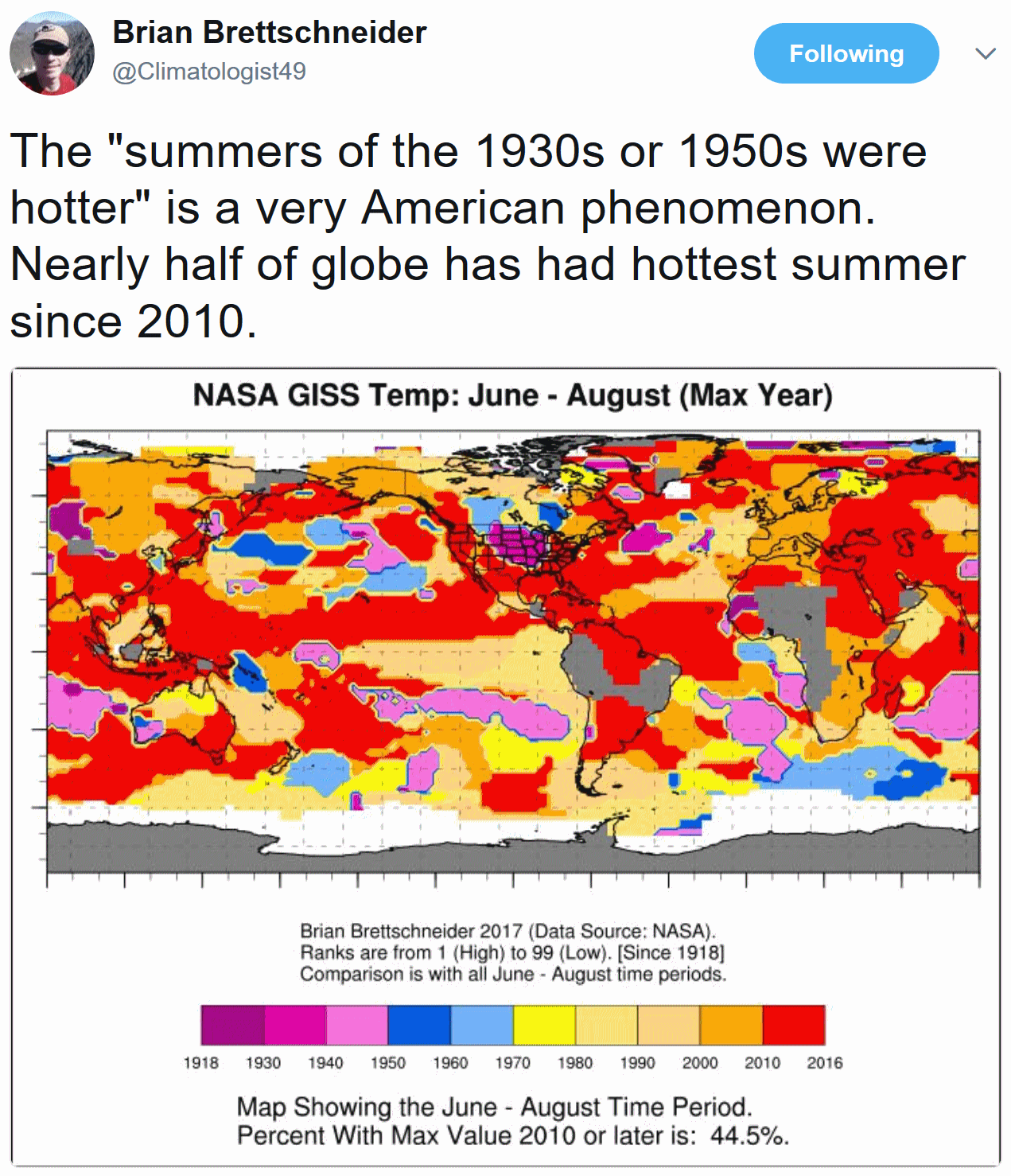
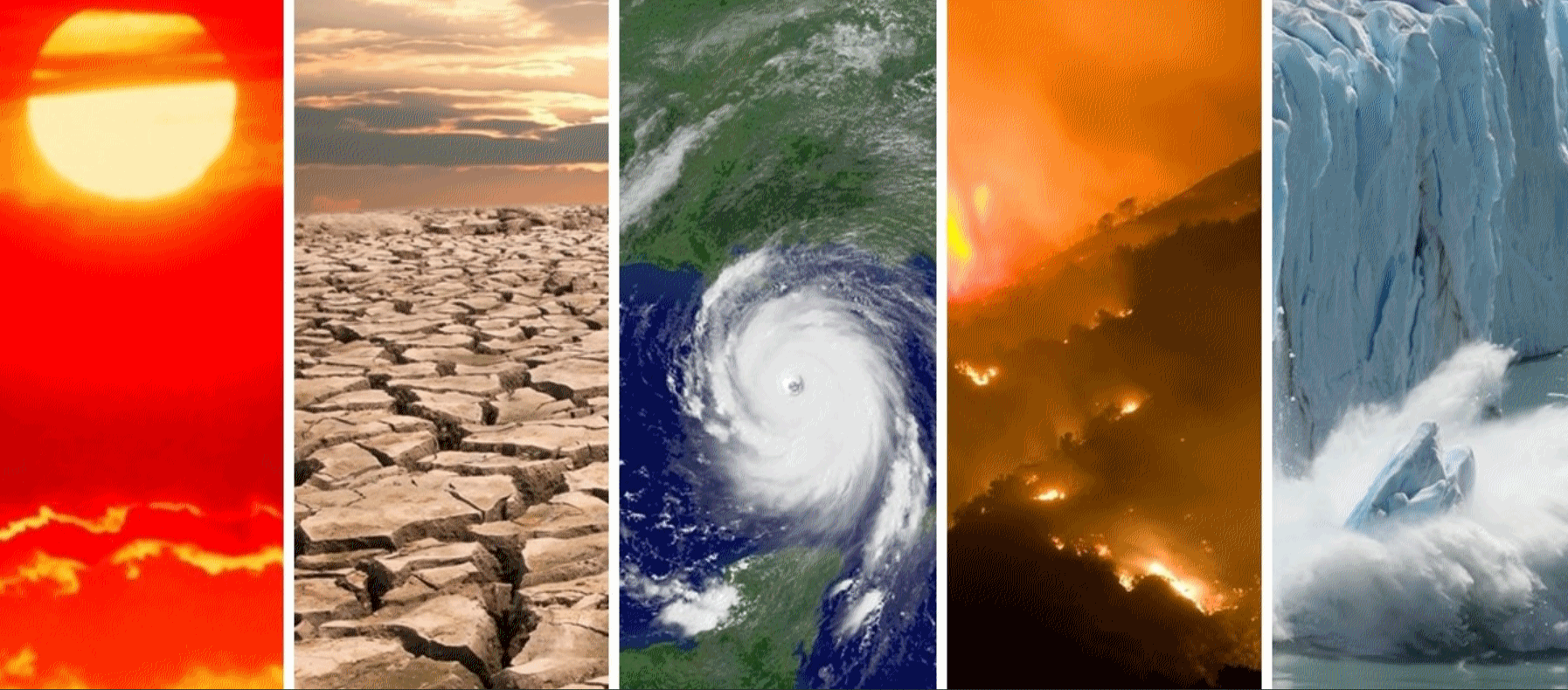 From Heatwaves to Hurricanes, Floods to Famine: Seven Climate Change Hotspots. The Guardian
From Heatwaves to Hurricanes, Floods to Famine: Seven Climate Change Hotspots. The Guardian takes a look at where the symptoms of a rapidly changing climate may have the most immediate implications: "...
The
evidence for the onset of climate change is compelling. But who and
where is it hitting the hardest? How fast will it come to Africa,
or the US? What will be its impact on tropical cities, forests or
farming? On the poor, or the old? When it comes to details, much is
uncertain. Mapping the world’s climate hotspots and identifying where
the impacts will be the greatest is increasingly important for
governments, advocacy groups and others who need to prioritise
resources, set goals and adapt to a warming world. But lack of data and
different priorities make it hard. Should scientists pinpoint the places
most likely to see faster than average warming or wetter winters, or
should they combine expected physical changes with countries’
vulnerability? Some hot-spot models use population data. Others seek to
portray the impacts of a warming world on water resources or megacities..."
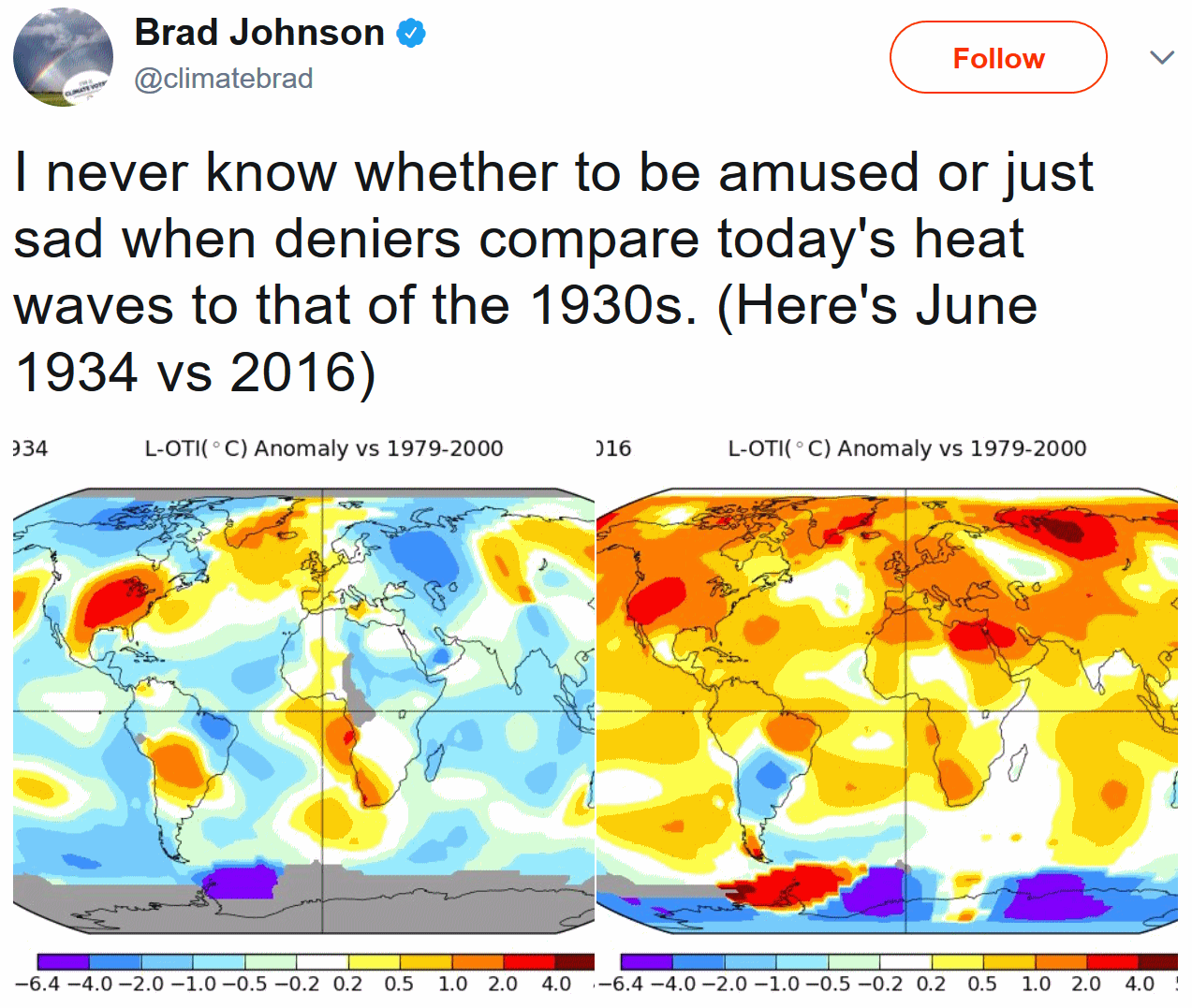
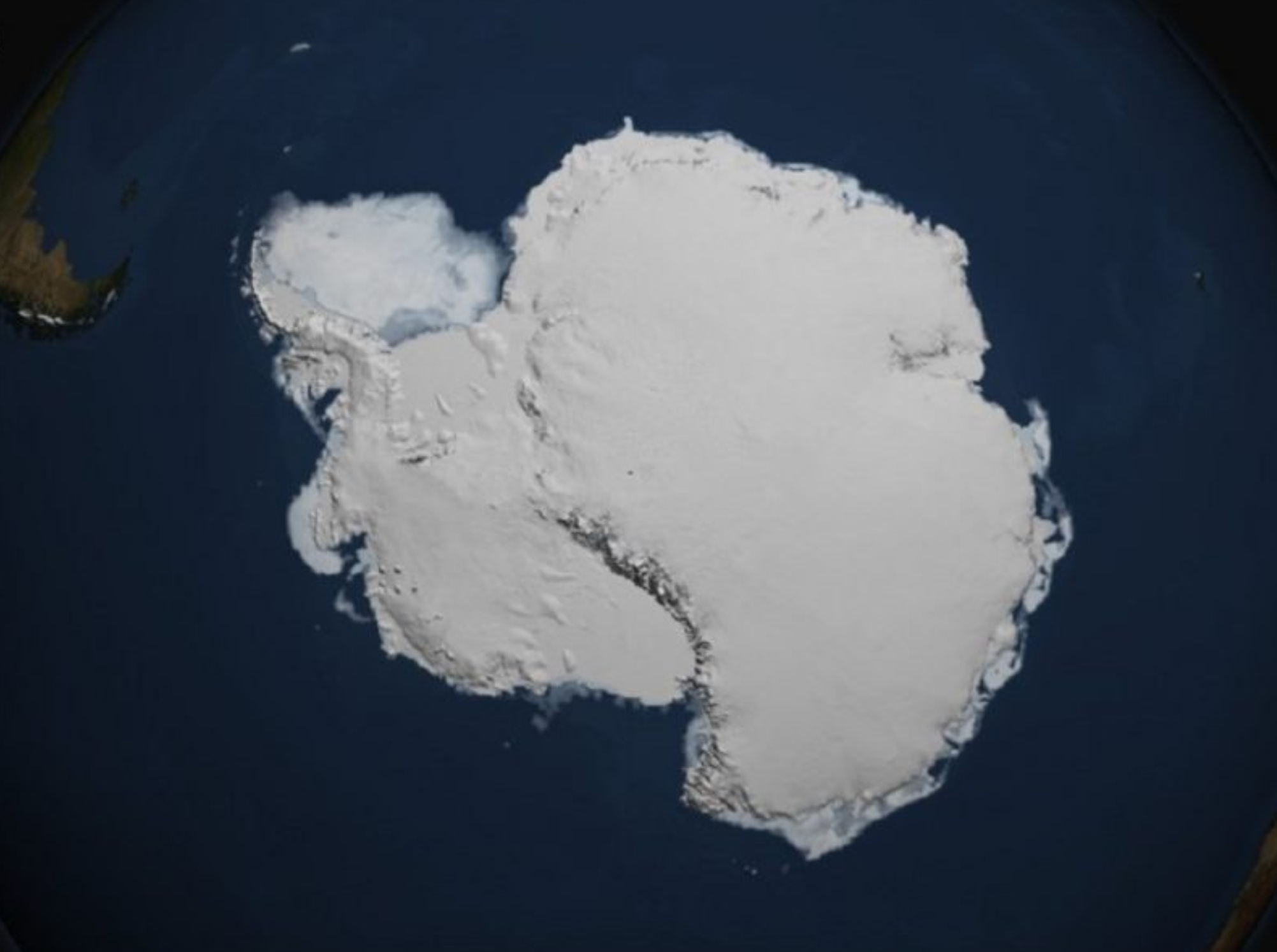 The Uncertain Future of the West Antarctic Ice Sheet.
The Uncertain Future of the West Antarctic Ice Sheet. How might the West Antarctic Ice Sheet be impacted by a warming climate?
Eos reports: "...
One
hypothesis is the following sequence of events: (1) global warming
melts virtually all sea ice surrounding Antarctica, thereby removing
this component of the O-Ring that encloses the continent and stabilizes
discharge from ice streams and calving from ice shelves; (2) freed from
pileup of sea ice against their calving fronts, ice shelves would
disintegrate faster from increased iceberg calving that discerps ice
shelves, facilitated by enhanced top and bottom melting; (3) retreat of
the Ross Ice Shelf calving front, successively freeing East Antarctic
outlet glaciers that now “nail” the Ross Ice Shelf to the Transantarctic
Mountains, thereby allowing these outlet glaciers to increase discharge
of East Antarctic ice; (4) increased ice discharge by West Antarctic
ice streams, perhaps with a tenfold increase in ice velocity as now seen
for Thwaites and Pine Island glaciers entering ice-free Pine Island Bay
in the Amundsen Sea..."
Image credit: "
Satellites
have been continuously measuring sea ice in the polar regions since
1979. This image from March 3, 2017, shows the sea ice around the
Antarctic continent at its lowest yearly minimum extent in the satellite
record." Credit:
NASA Scientific Visualization Studio
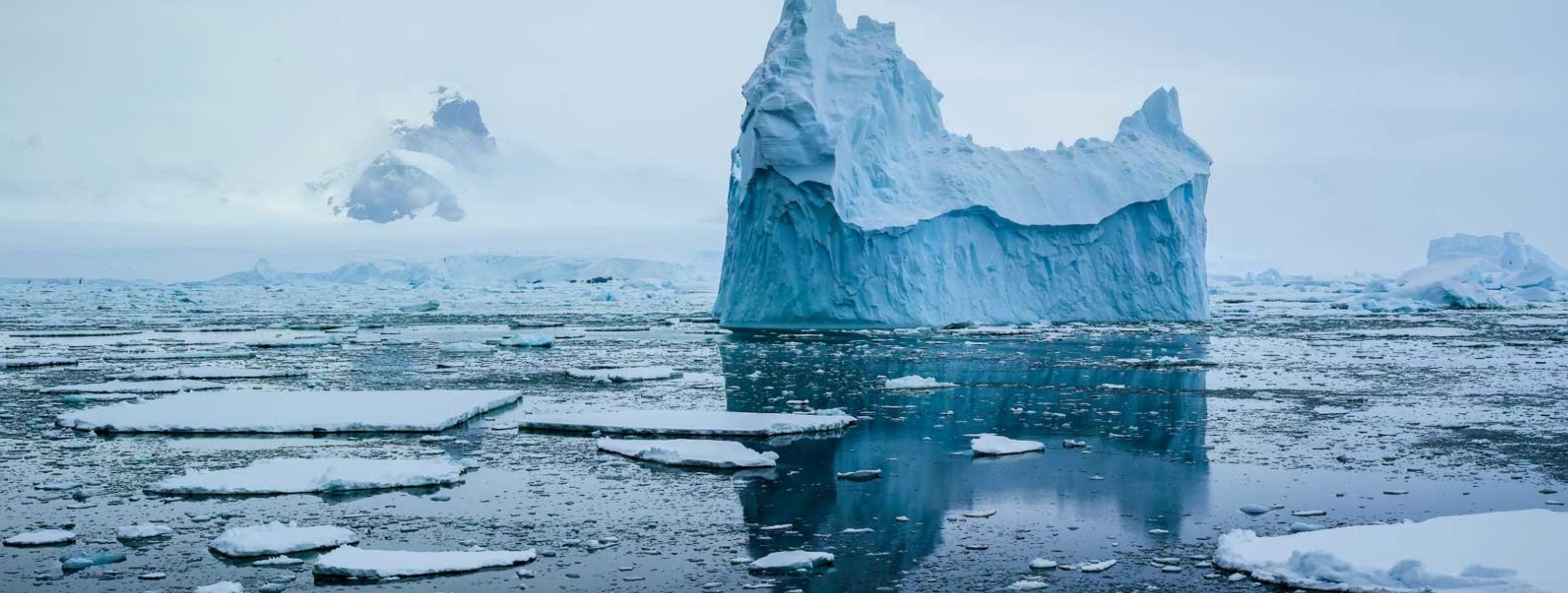 Why a Scientific Cruise to Antarctica Should Be On Your Bucket List
Why a Scientific Cruise to Antarctica Should Be On Your Bucket List. Here's a clip from a story at
Travel + Leisure: "...
Once,
the white continent was the exclusive preserve of scientists,
explorers, and whalers, but starting in the 1960s the entrepreneur
Lars-Eric Lindblad began pioneering trips for lay travelers. From the
outset, Lindblad saw science and tourism as integral partners, and he
recognized that having travelers actively engage with Antarctica,
side-by-side with experts, could play a valuable role in bolstering
conservation of this great wilderness. That ethos has continued to guide
and distinguish Lindblad Expeditions under the leadership of his son,
Sven-Olof. Today the company operates two Antarctic ships — in
collaboration with National Geographic — offering three itineraries
between October and March, ranging from 14 to 24 days..."
Photo credit: Dan Westergren.
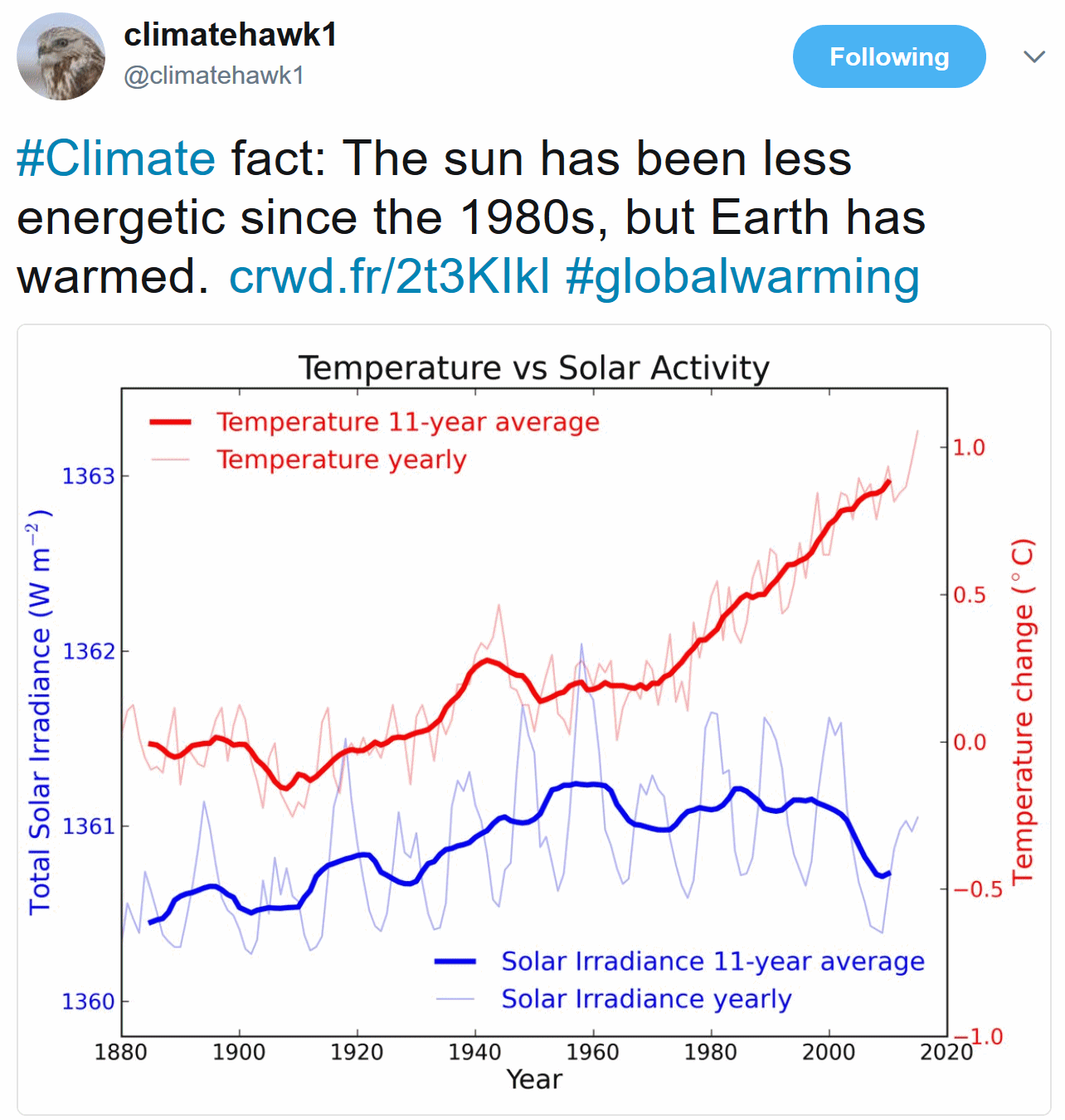
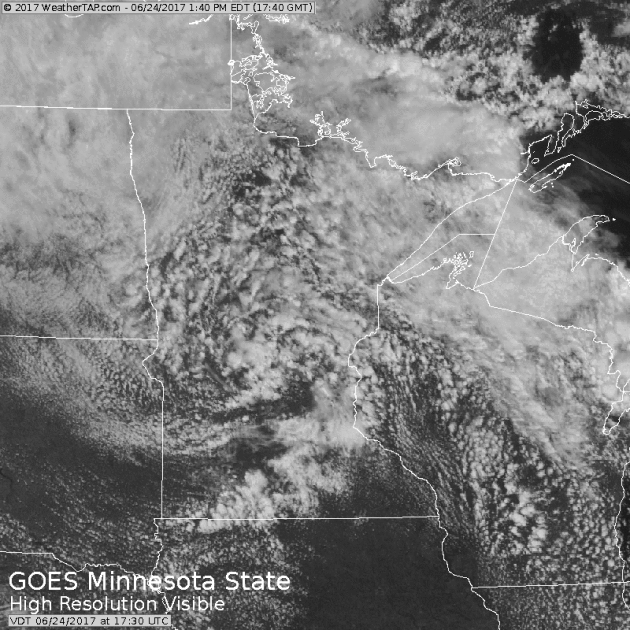
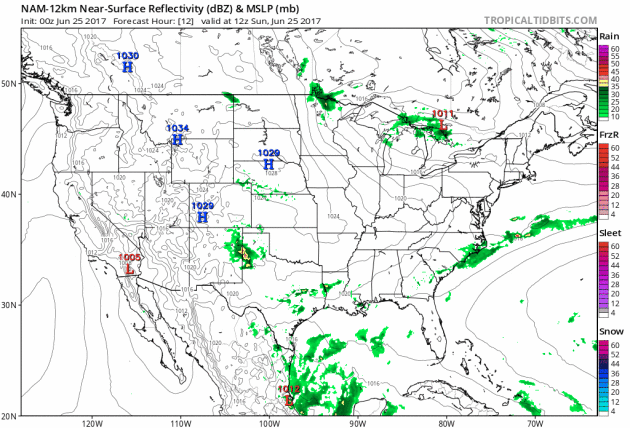
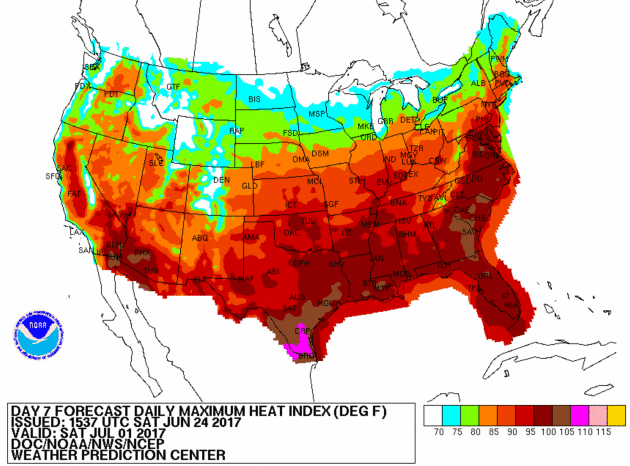



No comments:
Post a Comment